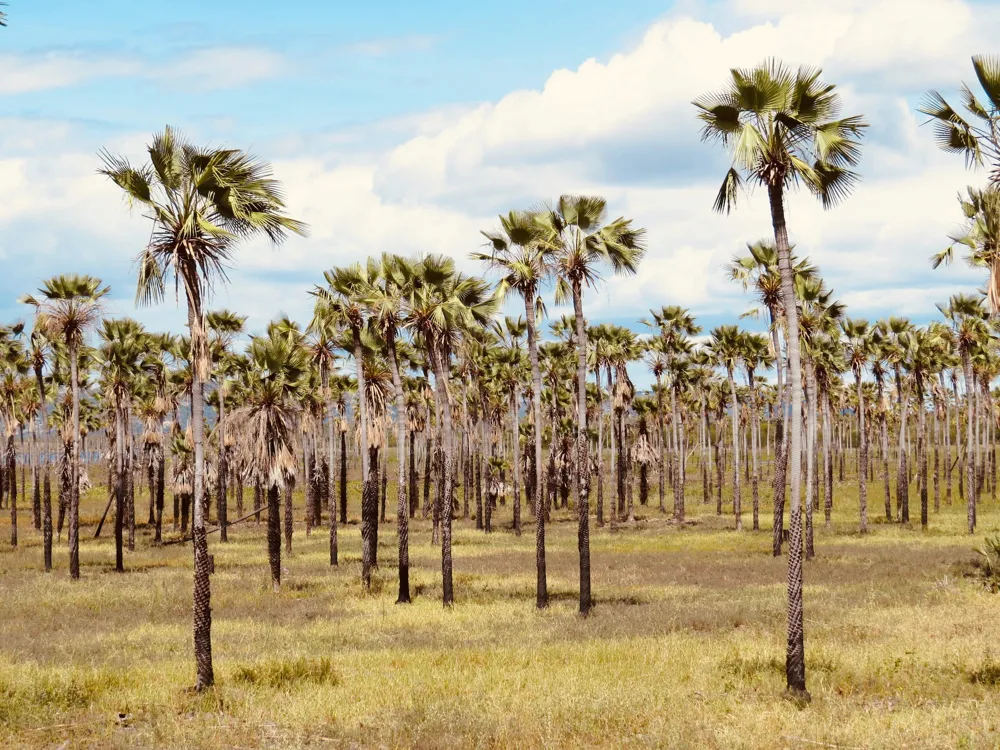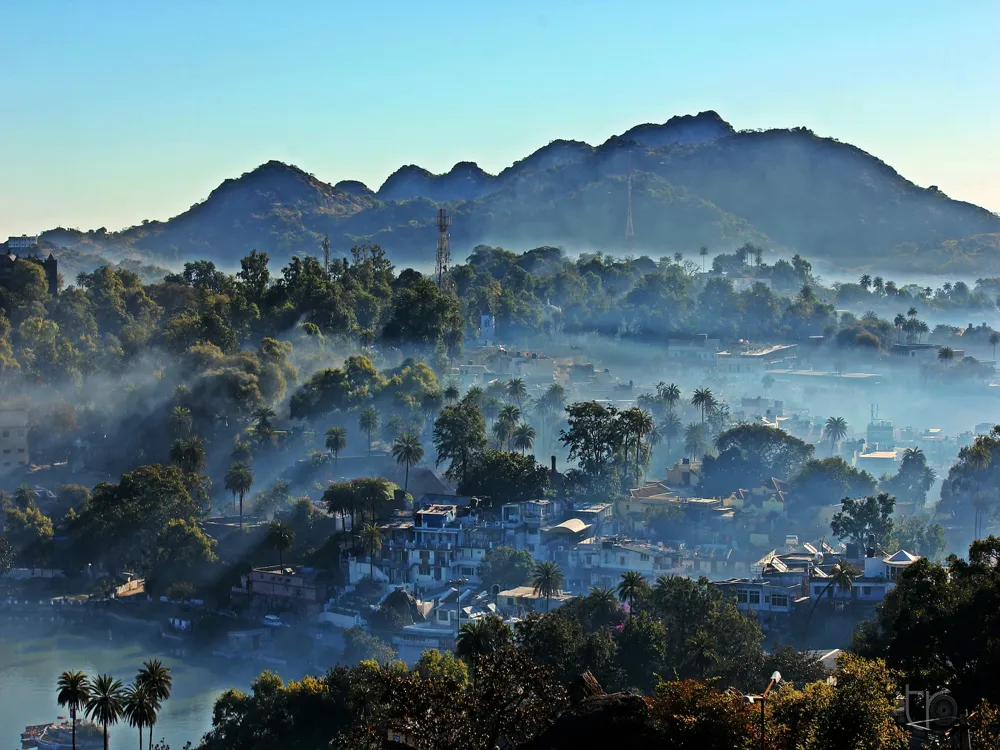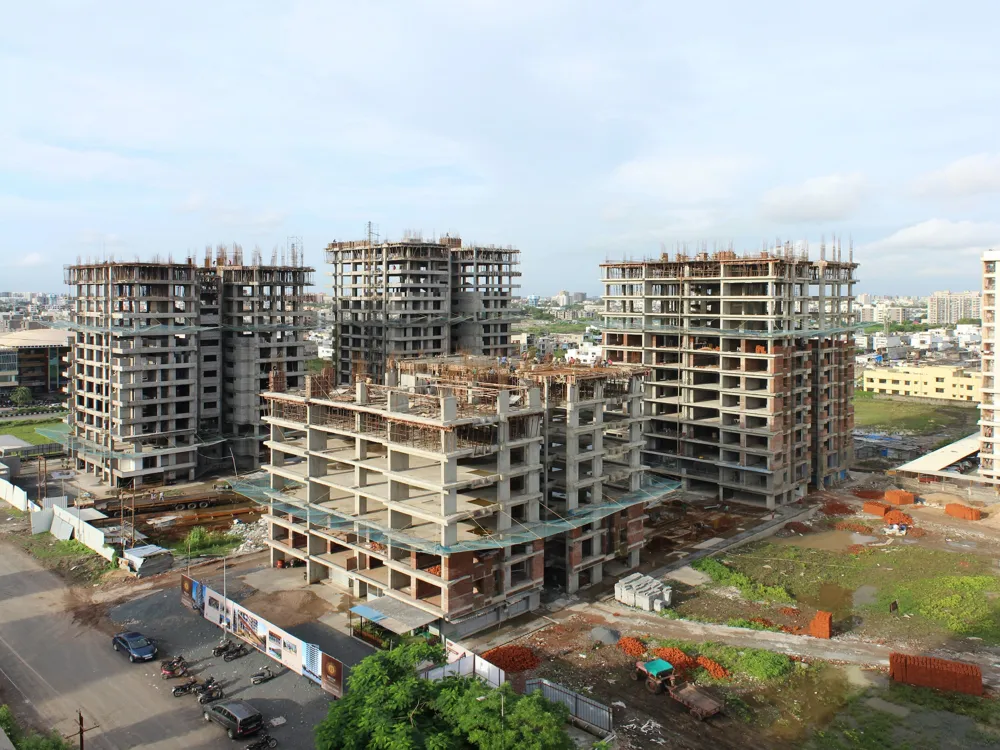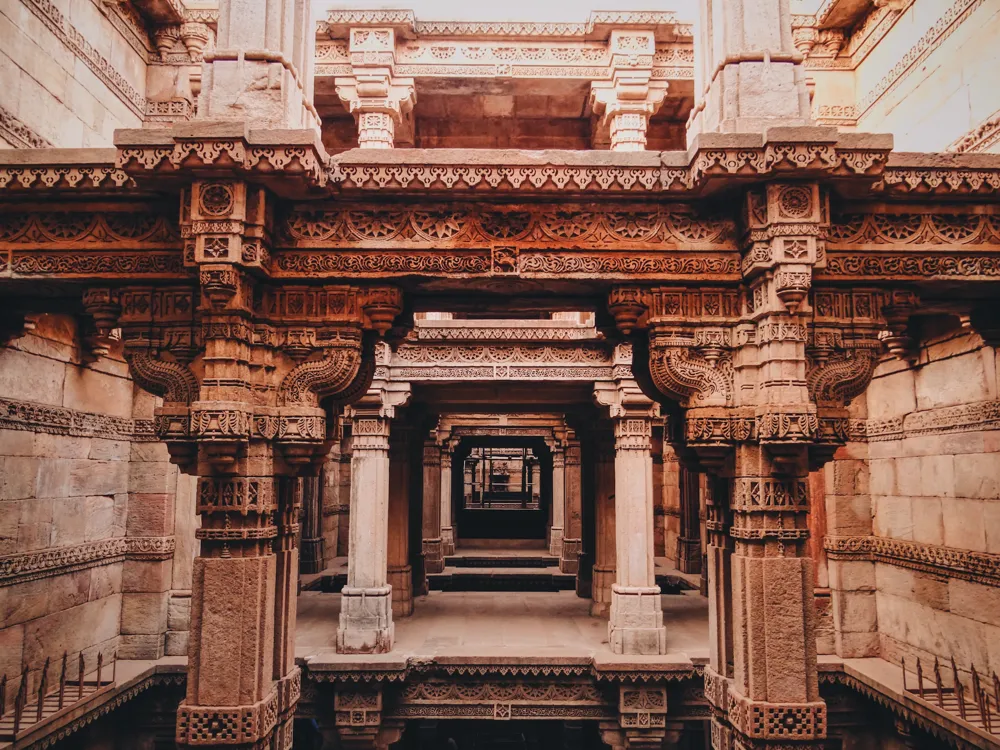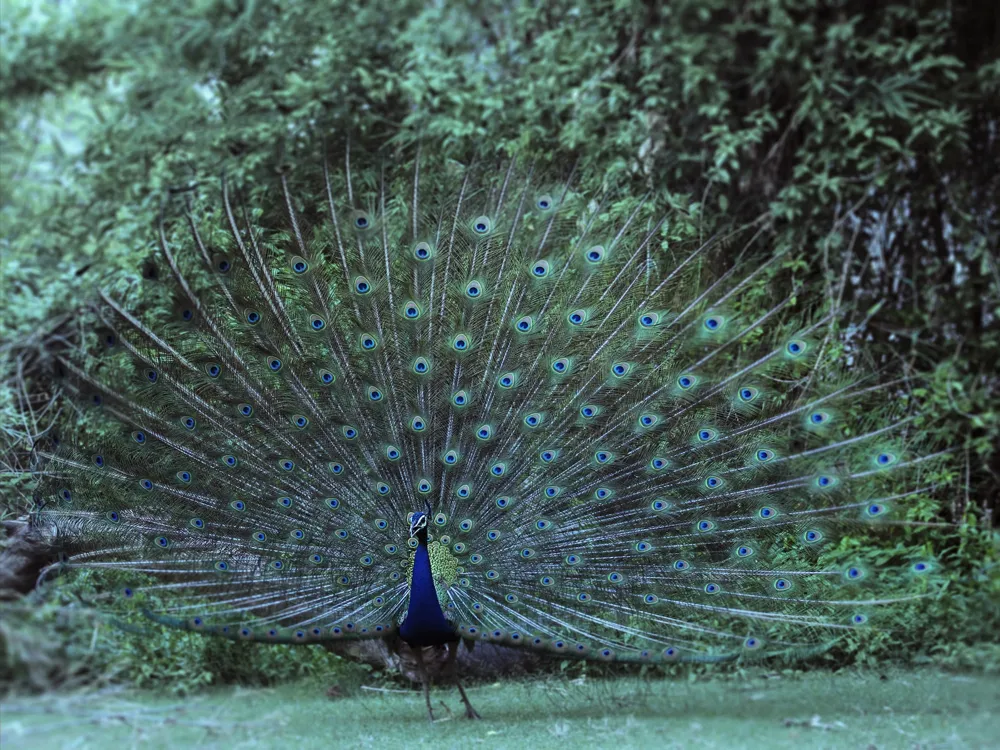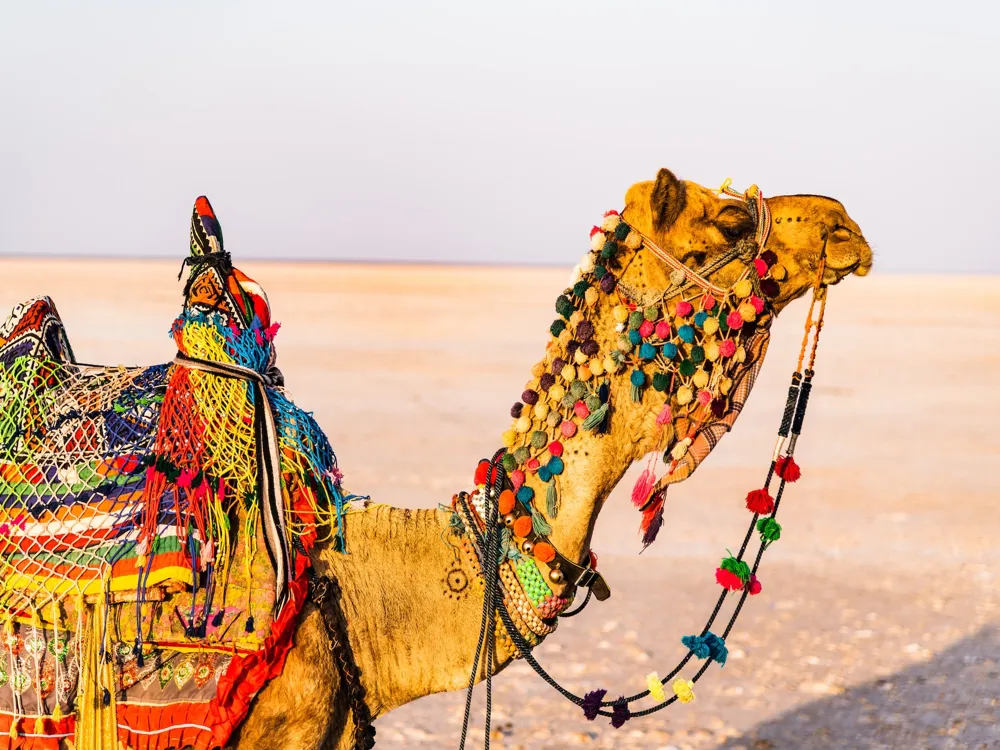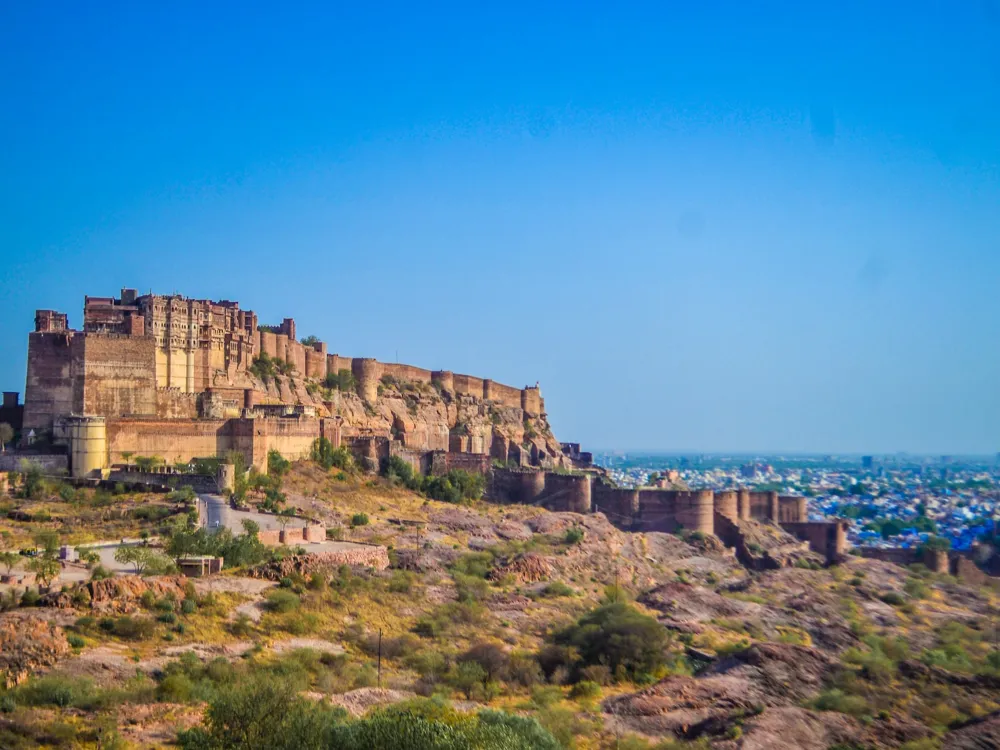Patola sarees, a symbol of Gujarat's rich cultural heritage, are renowned worldwide for their intricate designs and vibrant colors. The Patola Saree Making Unit in Patan, Gujarat, is not just a production house but a living museum that showcases the timeless art of Patola weaving. This ancient craft, dating back to the 11th century, has been preserved and passed down through generations. The Patan Patola is unique for its 'double ikat' technique, where both the warp and weft threads are tie-dyed meticulously before weaving, resulting in identical patterns on both sides of the saree. The process of creating a Patola saree is labor-intensive and requires exceptional skill. It begins with the selection of fine silk threads, which are then treated with natural dyes extracted from vegetables and minerals. The precision in the alignment of dyed threads leads to the formation of exquisite patterns, often inspired by traditional motifs and the region's historical and cultural influences. The final product is not just a garment but a masterpiece reflecting the artisans' dedication and artistic prowess. The Patola Saree Making Unit in Patan is not merely a workplace but a testament to the rich weaving tradition of Gujarat. Visitors to the unit can witness the fascinating process of Patola weaving, from dyeing the threads to the final weaving on traditional handlooms. This experience offers a glimpse into the meticulous craftsmanship and the cultural significance of this art form. The survival of the Patola weaving technique in the modern era is a testament to the dedication of the weavers of Patan. Despite the challenges posed by industrialization and changing fashion trends, these artisans have preserved their heritage, ensuring that the legacy of Patola sarees continues to enchant the world. The architecture of the Patola Saree Making Unit in Patan is as intriguing as the sarees themselves. The structure is a blend of traditional Gujarati design and functional modernity, creating an environment that supports the intricate process of Patola weaving. The building is designed to facilitate ample natural light, crucial for the weavers to discern the subtle variations in color and pattern. The main weaving area, where the handlooms are set up, is spacious and well-ventilated, ensuring the comfort of the artisans. The walls are adorned with displays of various Patola sarees, their patterns, and colors narrating the history and evolution of this art form. The unit also features a section dedicated to the dyeing process, equipped with large vats for soaking and dyeing the silk threads. Traditional elements in the architecture, like the use of local materials and design motifs, reflect the cultural significance of the craft. The unit also includes a gallery and exhibition space, where visitors can view and appreciate the finished sarees, each telling a unique story through its pattern and hues. The design of the Patola Saree Making Unit not only facilitates the production of these exquisite sarees but also serves as a cultural hub, educating visitors about the rich weaving heritage of Patan. It stands as a bridge between the past and the present, ensuring that the ancient art of Patola weaving remains relevant in today's world. It's advisable to plan your visit. Check the opening hours and possibly book a guided tour to gain a comprehensive understanding of the Patola saree-making process. Since the unit is a traditional workspace, visitors are encouraged to dress modestly out of respect for the artisans and the local culture. Ask for permission before taking photographs. Some areas or processes might be restricted due to the sensitivity of the craft. Feel free to interact with the weavers but be mindful of not disturbing their work. They are often happy to share insights about their craft. The unit typically has a shop where you can buy authentic Patola sarees. It's a great way to support the local artisans. The Patola Saree Making Unit in Patan, Gujarat, is accessible by various means of transportation. The nearest airport is the Sardar Vallabhbhai Patel International Airport in Ahmedabad, approximately 125 kilometers away. From the airport, one can hire a taxi or take a bus to Patan. The town is also well-connected by rail, with the Patan railway station linking it to various major cities. Local transportation options like auto-rickshaws and taxis are available for convenient travel within Patan. Read More:Overview of Patola Saree Making Unit in Patan, Gujarat
The architecture of Patola Saree Making Unit
Tips When Visiting Patola Saree Making Unit
Plan Your Visit
Dress Appropriately
Photography Rules
Interaction with Artisans
Purchase Authentic Sarees
How To Reach Patola Saree Making Unit
Patola Saree Making Unit
Patan
Gujarat
NaN onwards
View patan Packages
Patan Travel Packages
View All Packages For Patan
Top Hotel Collections for Patan

Private Pool

Luxury Hotels

5-Star Hotels

Pet Friendly
Top Hotels Near Patan
Other Top Ranking Places In Patan
View All Places To Visit In patan
View patan Packages
Patan Travel Packages
View All Packages For Patan
Top Hotel Collections for Patan

Private Pool

Luxury Hotels

5-Star Hotels

Pet Friendly








